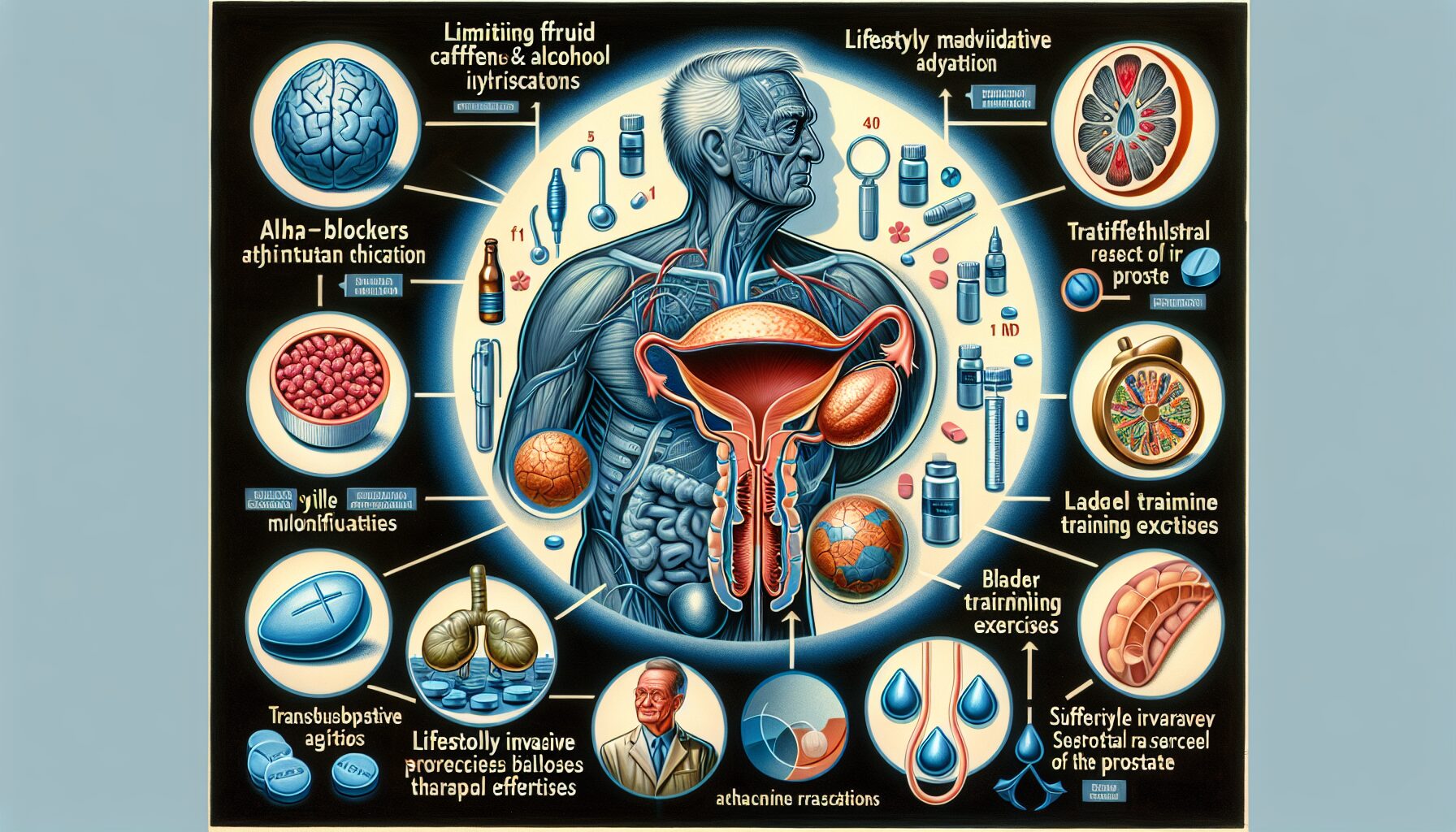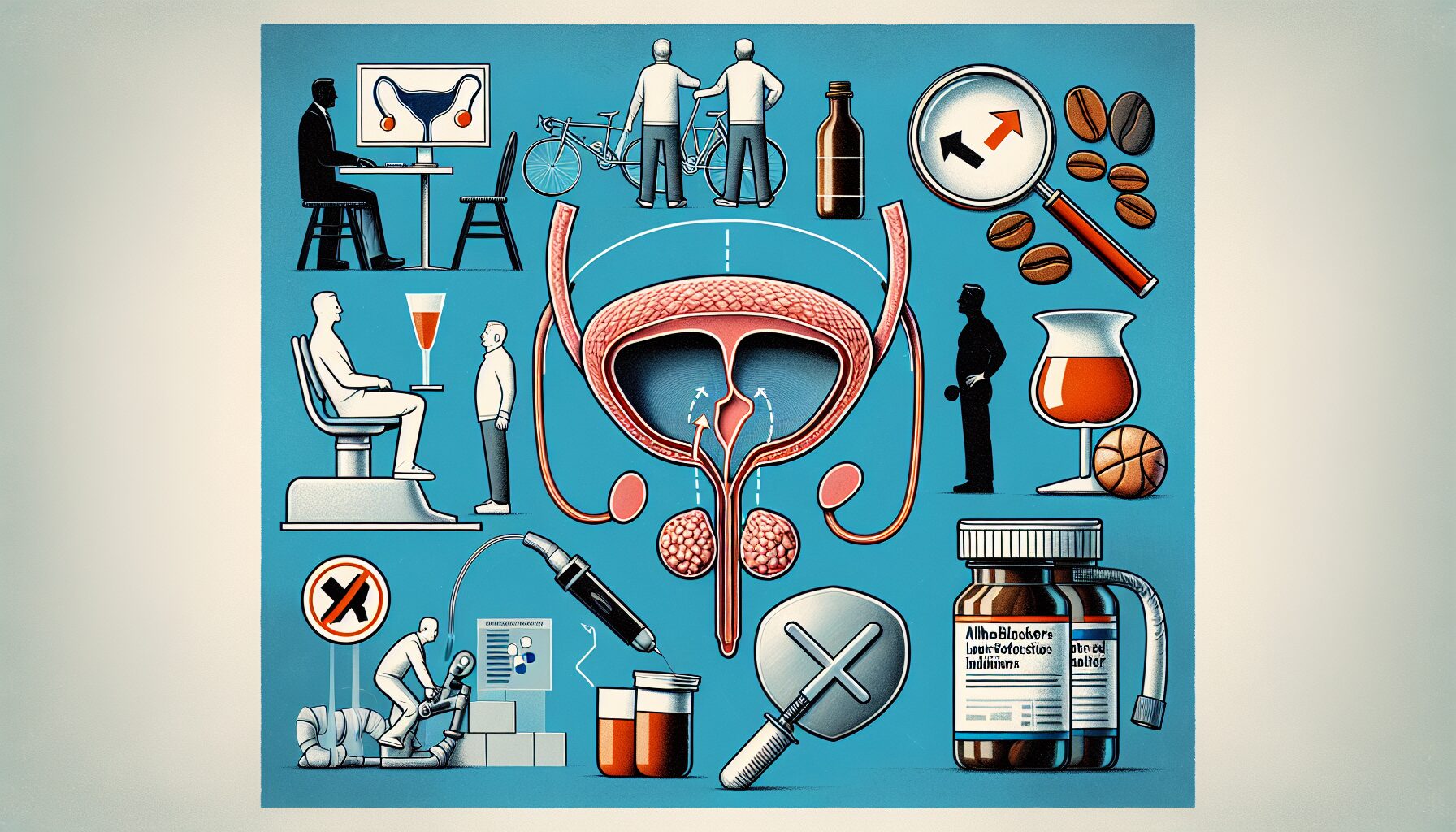Title: The Ultimate Guide to the Most Successful Enlarged Prostate Treatment
Dealing with an enlarged prostate, or benign prostatic hyperplasia (BPH), can be a distressing and life-altering experience for many men. This common condition affects millions worldwide, particularly as they age. But what if there was a way to effectively manage and even alleviate the symptoms associated with an enlarged prostate? The search for the most successful treatment has led to various options, but one stands out as particularly effective: medication, specifically alpha-blockers and 5-alpha reductase inhibitors.
Understanding Enlarged Prostate
Before delving into treatments, it’s crucial to understand what BPH is. The prostate gland, which is part of the male reproductive system, surrounds the urethra and can grow larger with age. This enlargement can squeeze the urethra, causing urinary problems such as frequent urination, difficulty starting urination, weak stream, and the inability to completely empty the bladder.

Exploring Treatment Options
Several treatment options are available for BPH, ranging from lifestyle changes and medications to minimally invasive procedures and surgery. However, not all treatments are created equal. Some provide temporary relief, while others offer more long-lasting solutions.
# Lifestyle Changes
Lifestyle modifications are often recommended as the first line of defense against BPH symptoms. These include reducing fluid intake before bedtime, limiting caffeine and alcohol consumption, and practicing bladder training exercises. While these changes can help manage symptoms, they do not address the underlying cause of prostate enlargement.
# Medications
Medications have proven to be among the most successful treatments for BPH. Two main classes of drugs are commonly prescribed: alpha-blockers and 5-alpha reductase inhibitors.
Alpha-Blockers
Alpha-blockers work by relaxing the muscles in the prostate and bladder neck, making it easier to urinate. Common alpha-blockers include tamsulosin (Flomax), alfuzosin (Uroxatral), and doxazosin (Cardura). These medications often provide quick relief from urinary symptoms.
5-Alpha Reductase Inhibitors
5-alpha reductase inhibitors, such as finasteride (Proscar) and dutasteride (Avodart), work by shrinking the prostate gland over time. They achieve this by blocking the hormone responsible for prostate growth. These medications are particularly effective for men with significantly enlarged prostates and can lead to substantial symptom improvement over several months.
Combining both alpha-blockers and 5-alpha reductase inhibitors has shown even greater efficacy in treating BPH. This combination therapy targets both immediate symptom relief and long-term reduction in prostate size.
Minimally Invasive Procedures
For men who do not respond well to medications or prefer a more permanent solution, minimally invasive procedures offer an excellent alternative. These procedures aim to reduce prostate size or relieve urethral obstruction without major surgery.
Transurethral Resection of the Prostate (TURP)
TURP is one of the most common surgical procedures for BPH. It involves removing part of the prostate through the urethra using a resectoscope. TURP has a high success rate in relieving urinary symptoms but may require hospitalization and has potential side effects such as bleeding or infection.

Laser Therapy
Laser therapy uses high-energy lasers to remove or shrink excess prostate tissue. Procedures like photoselective vaporization of the prostate (PVP) or Holmium laser enucleation of the prostate (HoLEP) are less invasive than TURP and often result in shorter recovery times.
UroLift System
The UroLift system involves placing small implants to lift and hold the enlarged prostate tissue away from the urethra. This procedure does not require cutting or removal of tissue and offers quick symptom relief with minimal downtime.

Surgical Options
In severe cases where other treatments fail, surgery may be necessary. Surgical options include open or robotic-assisted prostatectomy, where part or all of the prostate is removed. While highly effective, these surgeries come with higher risks and longer recovery periods compared to minimally invasive procedures.
The Verdict: Medication as the Most Successful Treatment
After considering various treatment options, medication remains one of the most successful treatments for an enlarged prostate due to its efficacy, ease of use, and relatively low risk of side effects. Alpha-blockers provide rapid symptom relief by relaxing muscle fibers around the bladder neck, while 5-alpha reductase inhibitors tackle long-term reduction in prostate size.
The combination therapy of both drug classes offers a comprehensive approach that addresses both immediate discomfort and long-term management of BPH. This dual strategy significantly improves quality of life for many men suffering from an enlarged prostate.
Conclusion
An enlarged prostate can significantly impact daily life, but understanding available treatment options empowers men to make informed decisions about their health. While lifestyle changes and minimally invasive procedures offer viable solutions, medication—particularly alpha-blockers and 5-alpha reductase inhibitors—stands out as a successful treatment option for many individuals.
If you or someone you know is struggling with BPH symptoms, consult a healthcare professional to discuss these treatments’ benefits and risks. With proper medical guidance, managing an enlarged prostate becomes not only possible but also highly effective in restoring comfort and improving quality of life.
